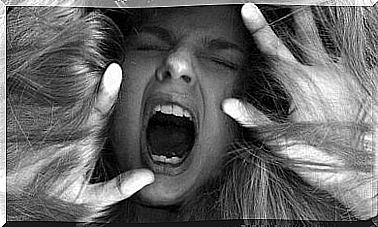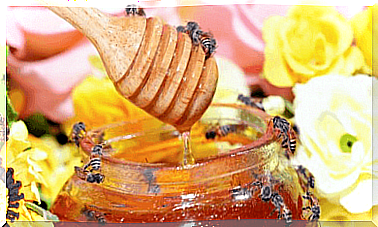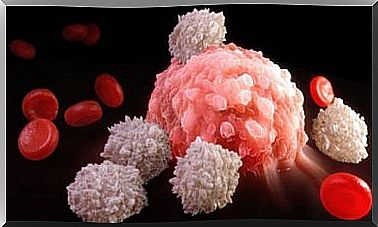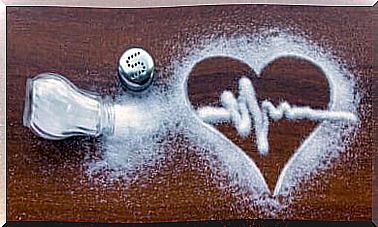What Exactly Is Leishmaniasis Or Sand Mosquito Disease?
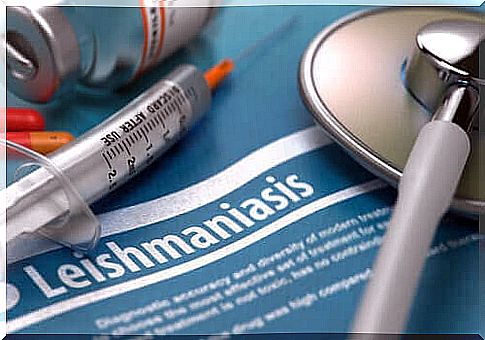
Leishmaniasis is a disease worth learning about. The characteristics of this disease have made it a major public health problem. It occurs regularly in 88 countries of the world. Worldwide, it has affected 14 million people and there are 2 million new cases every year.
First, many consider leishmaniasis to be one of the seven major tropical diseases worldwide. Despite that, this condition is quite neglected and forgotten.
According to a study by the National Epidemiology Center (Spanish link), to take Spain as an example, there were 1,359 native cases spread across 15 autonomous communities between 2014 and 2017.
Leishmaniasis: What Is It Exactly?
Leishmaniasis is a contagious infection caused by several species of protozoa of the genus Leishmania.
Also called parasites, these protozoa are microscopic organisms that need a vector to be transmitted. A vector is an animal that transfers pathogens from an infected person or animal to a healthy person.
In other words, the disease is not spread by direct contact. A second organism is needed to transfer the microorganism. This mechanism is similar to the disease malaria.
Most often, these vectors are invertebrates, such as mosquitoes, fleas, lice, and ticks. In the case of the disease we are talking about in this article, the leishmania protozoa is transmitted by the bite of the sand mosquito (Spanish link).
The mosquito becomes infected when it sucks blood from an infected person or animal. Once in the vector’s body, the parasite does not cause any symptoms. However, the parasite does develop and divide normally.
If there are enough parasites, they go to the mouth and pharynx of the mosquito and are injected into a body by the mosquito on the next bite. This happens if the infected sand mosquito bites another human or animal. This is how the leishmania is transmitted and that is when an infestation occurs.
Despite the immune system of the human body, the pathogen does not die. Instead, it reproduces in the macrophages in the blood and tissues, which eventually break down and release the protozoa into the blood. As a result, other macrophages become infected and this cycle continues.
The sand mosquito: where does this vector come from?
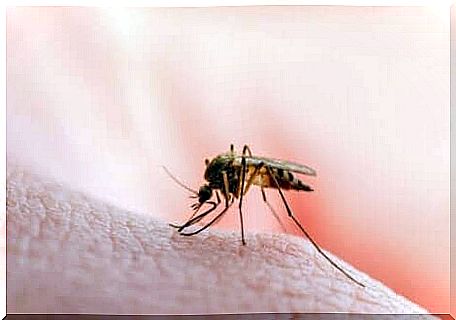
Sand mosquitoes love moisture and heat. For that reason, they are easy to find in tropical and subtropical regions. However, it also lives in the Mediterranean region.
According to the World Health Organization (WHO), leishmaniasis has everything to do with climate change. Let’s look at some of the risk factors.
- Socio-economic conditions : Poverty often leads to poor housing conditions and poor sanitation. For that reason, this problem increases the risk of leishmaniasis. The lack of protective means promotes the breeding and dormancy development of the transmitting mosquitoes.
- Malnutrition : the lack of proteins, iron, vitamins and minerals ensures that people have a weak immune system. This allows the disease to progress and spread easily.
- Population mobility : The establishment of new settlements in previously forested areas (the mosquito habitat) leads to a rapid increase in the number of cases.
- Changes in nature : Deforestation, dam construction, irrigation systems and urbanization mean that mosquitoes have more contact with people.
- Climate Change : Leishmania is very sensitive to changes in weather conditions. Variations in temperature and humidity in different areas cause mosquitoes to migrate to places where they previously did not live.
What are the symptoms of leishmaniasis?
There are at least 20 species of protozoa of the genus Leishmania that can be transmitted by vectors. Depending on the type and degree of invasion in the body, people can show different symptoms.
That is why this condition has different manifestations (Spanish link). We will discuss the three most common forms below.
Cutaneous leishmaniasis
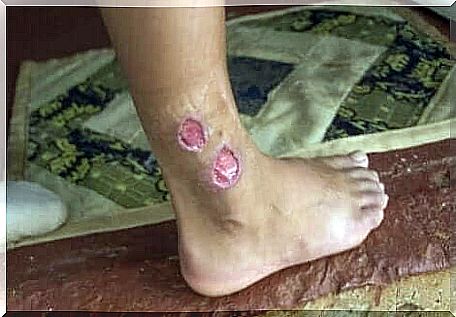
Cutaneous leishmaniasis occurs when the infection occurs only in the area of the bite. Many people know it as ‘botón del Oeste’ and the shape is usually found around the Mediterranean. An ulcerated protrusion appears around the area of the bite, which sometimes heals automatically but leaves a scar (Spanish link).
Mucocutaneous leishmaniasis
The parasite can spread from the skin to the mucous membranes, especially in the upper respiratory tract. The complaints that occur include swelling, redness and ulceration of the mucous membranes.
Visceral leishmaniasis
In addition to the type of infecting protozoa, it is also important to consider how the infected person’s immune system works. When this defense fails, the parasite migrates into the gut. The most affected internal organs are:
- the bone marrow
- the lymph nodes
- the liver
- the spleen
How can you avoid getting sand mosquito disease?
Leishmaniasis is contagious as long as the vector exists. No one really knows if human-to-human transmission can actually take place.
A few specific cases have been recorded, for example in people sharing syringes to inject drugs. However, medical blood transfusions are completely safe because the donated blood undergoes many checks.
However, it is true that there will be more infected sand mosquitoes in a place where there are infected people. This obviously increases the chance that the people living there will become infected.
Leishmaniasis can be considered a contagious disease given the vector’s role in spreading this disease. Therefore, the most important prevention starts with avoiding mosquito bites, especially in people who travel to countries where the disease is common and the people who live there.
Tips to prevent bites from the sand mosquito as much as possible:
- Use repellents on exposed skin.
- Use mosquito nets and mosquito nets on clothing and treat it with medicines, such as permethrin.
- Wear socks, long-sleeved shirts, pants instead of loose clothing to prevent mosquitoes from gaining access to the skin.
- Avoid outdoor activities from dusk to dawn in tropical areas. This is when the mosquitoes are most active.



